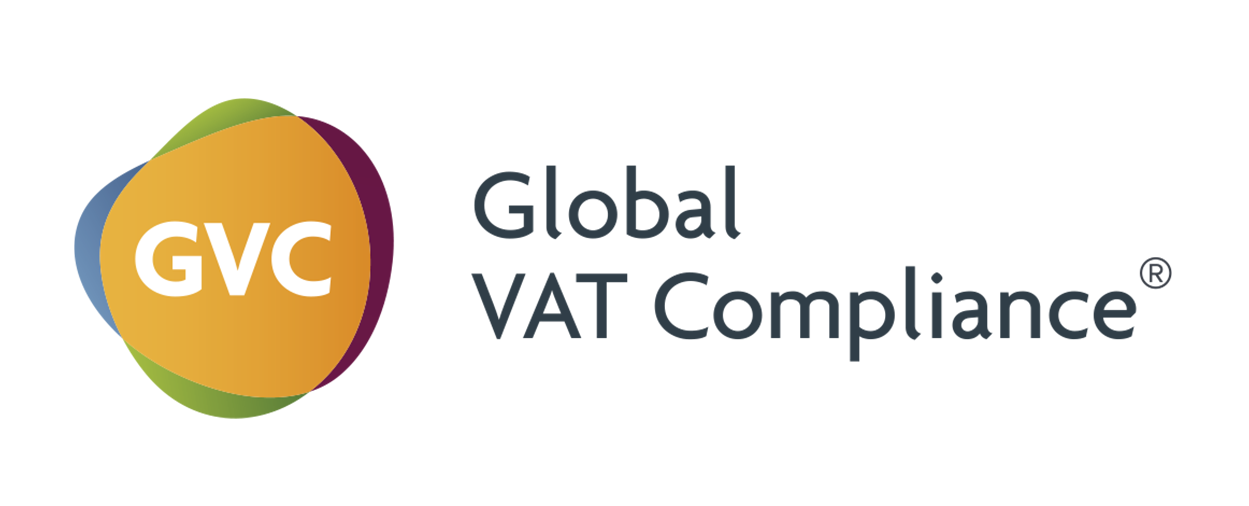In the Dominican Republic, the e-invoicing system is managed by the Tax Administration (DGII) and is mandatory for all taxpayers who issue invoices.
The process of e-invoicing in the Dominican Republic typically involves the following steps:
- Taxpayer registration: First, the taxpayer must register with the DGII to obtain a digital certificate and a tax identification number (RNC).
- Invoice generation: The taxpayer generates an electronic invoice using an approved e-invoicing system. The invoice must contain all the required information, including the RNC of both the supplier and the buyer, a description of the goods or services, and the tax amount.
- Invoice transmission: The invoice is then transmitted to the DGII through the approved e-invoicing system. The DGII validates the invoice and assigns a unique reference number.
- Invoice reception: The buyer receives the invoice and verifies the information. If the information is correct, the buyer accepts the invoice.
- Payment and reporting: The buyer then pays the invoice and reports the transaction to the DGII through their own e-invoicing system.
Overall, the e-invoicing system in the Dominican Republic is designed to help reduce tax evasion and streamline the invoicing process for businesses. It also enables the DGII to monitor transactions and track tax payments more effectively.
Join the Linkedin Group on Global E-Invoicing/E-Reporting/SAF-T Developments, click HERE















